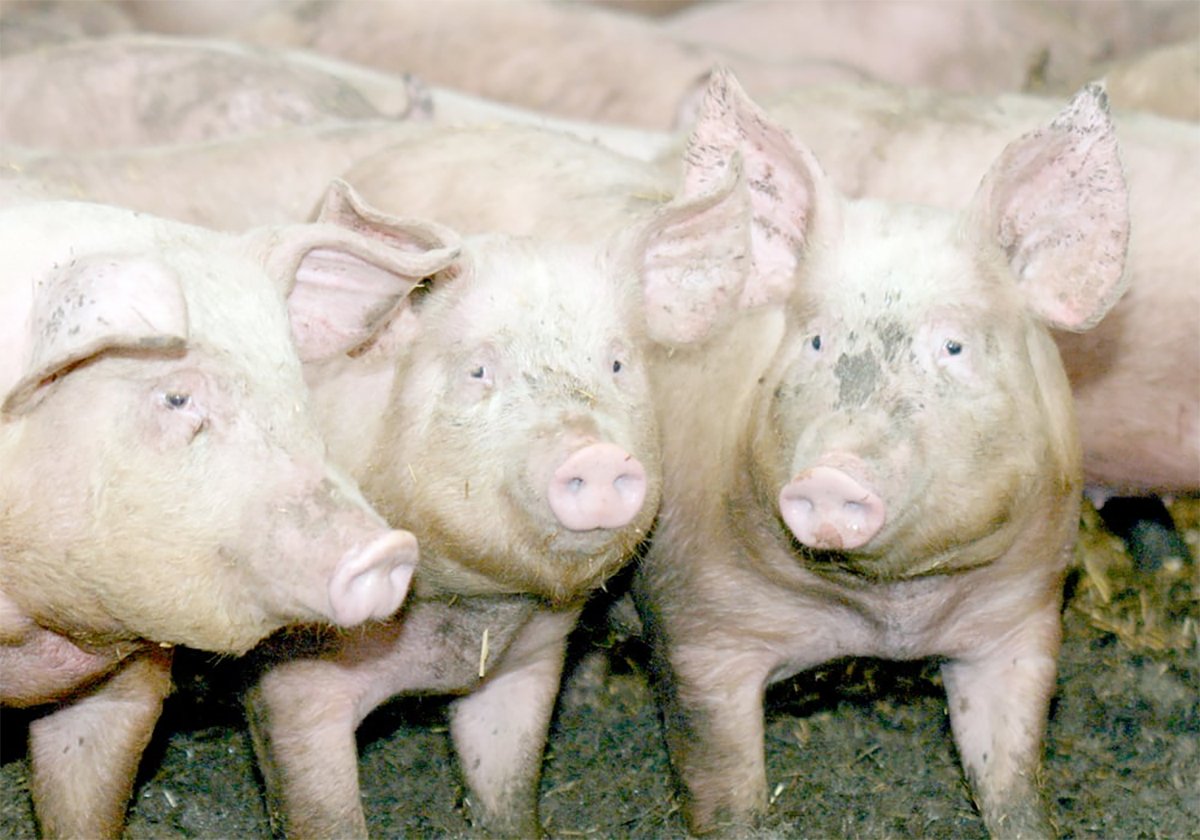Cattle finished with pea rations produce juicier, more tender steaks, says an American research scientist.
In studies conducted at North Dakota State University, Vern Anderson found cattle performed well eating peas, and their meat tasted better.
He said there is great potential for competitively priced peas to be used for cattle feed, citing the 2.5 million acres of the crop grown in Saskatchewan.
A featured speaker at the Saskatchewan Beef Symposium in Saskatoon in February, Anderson said peas can be used to counter genetic differences in breeds and guarantee better steaks.
Read Also

The Western Producer Livestock Report – November 13, 2025
Western Producer Livestock Report for November 13, 2025. See U.S. & Canadian hog prices, Canadian bison & lamb market data and sales insights.
“Peas can be our insurance policy to tenderness and juiciness,” he said, adding the crop also has potential as hog and bison feed.
“If we can solve this with a nutrition solution, it would be absolutely incredible.”
Producers have long spoken of the advantages of peas in finishing rations and palatability, but few studies were done to prove those observations, Anderson said.
He cited dramatic improvements in meat quality when steers’ diets included 10 percent peas in the 76 days before slaughter. Further improvements were noted when peas’ ration share increased to 30 percent.
The crop offers 23 percent crude protein, compared with 18 percent for wheat mids, 32 percent for distillers grain from corn and 35 percent from canola meal.
Anderson advised farmers who feed peas to crack the kernels first, rather than feeding them whole, to improve digestibility.
“Rolled peas performed best by a significant margin,” he said, noting that peas digest thoroughly in the rumen but ferment more slowly than barley and wheat.
Anderson plans further pea studies, including fractionation and how it can be used in pea, barley and distiller’s grain blended diets.
Montana State University is also researching feed peas.
A 90-day ration experiment on the university’s farm in Bozeman is determining if peas, barley malt sprouts and barley can be substituted for corn.
Of the 80 steers in the trial, 20 are fed four pounds of peas a day, 20 are fed six lb. a day, 20 eat eight lb. and 20 are fed no peas.
Researchers, who expect to see a change in the colour and smell of the manure, are predicting the animals will perform as well on peas as on corn.
The hope is that ranchers will be able to use peas instead of the more expensive corn in winter rations.














